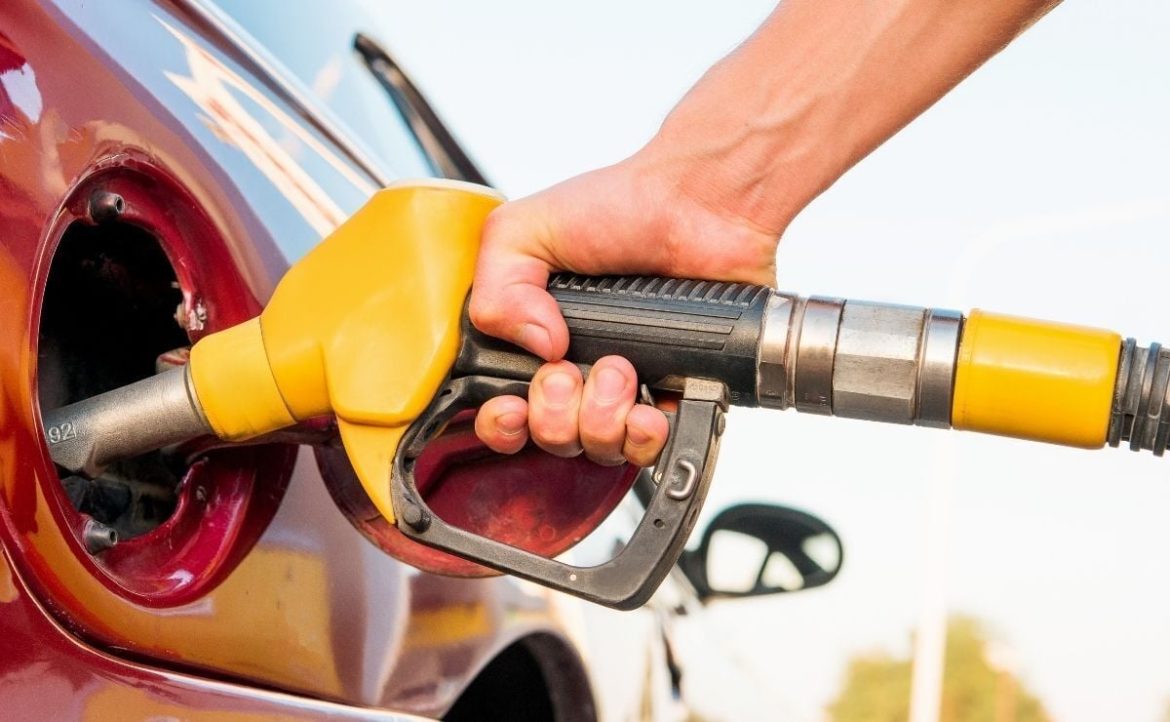The road transport sector in Spain faces one of its biggest crossroads in 2025. Beyond the well-known taxes, tolls, and rising maintenance and insurance costs, a silent and variable problem is draining its resources: the marked disparity in fuel prices between provinces.
This fluctuation, which can exceed 10 cents per liter between neighboring regions, turns every route into a complex logistical and financial calculation, compromising the already tight profitability of self-employed drivers and companies.
Authoritative voices from the sector have spoken out to denounce this situation. The National Confederation of Road Transport (CNTC) and the Platform for the Defense of Freight Transport point out that this variability is not solely due to the evolution of Brent crude, but rather to differences in local competition, oil company commercial strategies, and different regional tax rates.
This lack of homogeneity, they argue, distorts fair competition and disproportionately punishes carriers operating in regions with systematically higher prices.
Faced with this scenario, road professionals have developed survival strategies. The most widespread is the meticulous planning of refueling.
Apps and digital platforms have become essential tools for locating the gas stations with the most competitive prices along their route, even deviating several kilometers to fill the tank in a neighboring province where the savings justify the detour. This “cheap fuel hunt” has been integrated into the daily routine, although it implies an additional cost in time and logistics.
Another alternative gaining ground is the commitment to alternative energy vehicles, such as Liquefied Petroleum Gas (LPG) or Liquefied Natural Gas (LNG), whose prices are notably more stable and lower than diesel.
However, this transition is not without obstacles. The still scarce network of refueling stations for these fuels on some routes, together with the high initial investment required to renew the fleet, limits their massive adoption, especially for self-employed drivers and SMEs.
Given the persistence of the problem, sector associations are calling on public administrations for greater transparency in price formation and measures that foster real competition. They are also calling for tax harmonization to prevent a carrier’s place of residence or usual route from becoming an economic disadvantage.
The sustainability of the sector, a fundamental pillar of the Spanish economy, depends largely on the stability and predictability of its operating costs.
In short, the disparity in fuel prices has become one of the most significant burdens on the competitiveness of transport in Spain.
While structural solutions at the national level are delayed, carriers continue to fight their particular battle against the fuel pumps, demonstrating once again that their resilience is the engine that, despite everything, keeps the supply chain moving.
The future of the sector lies in finding a balance between immediate adaptation and the implementation of policies that guarantee fair competition conditions throughout the territory.
Have any thoughts?
Share your reaction or leave a quick response — we’d love to hear what you think!





